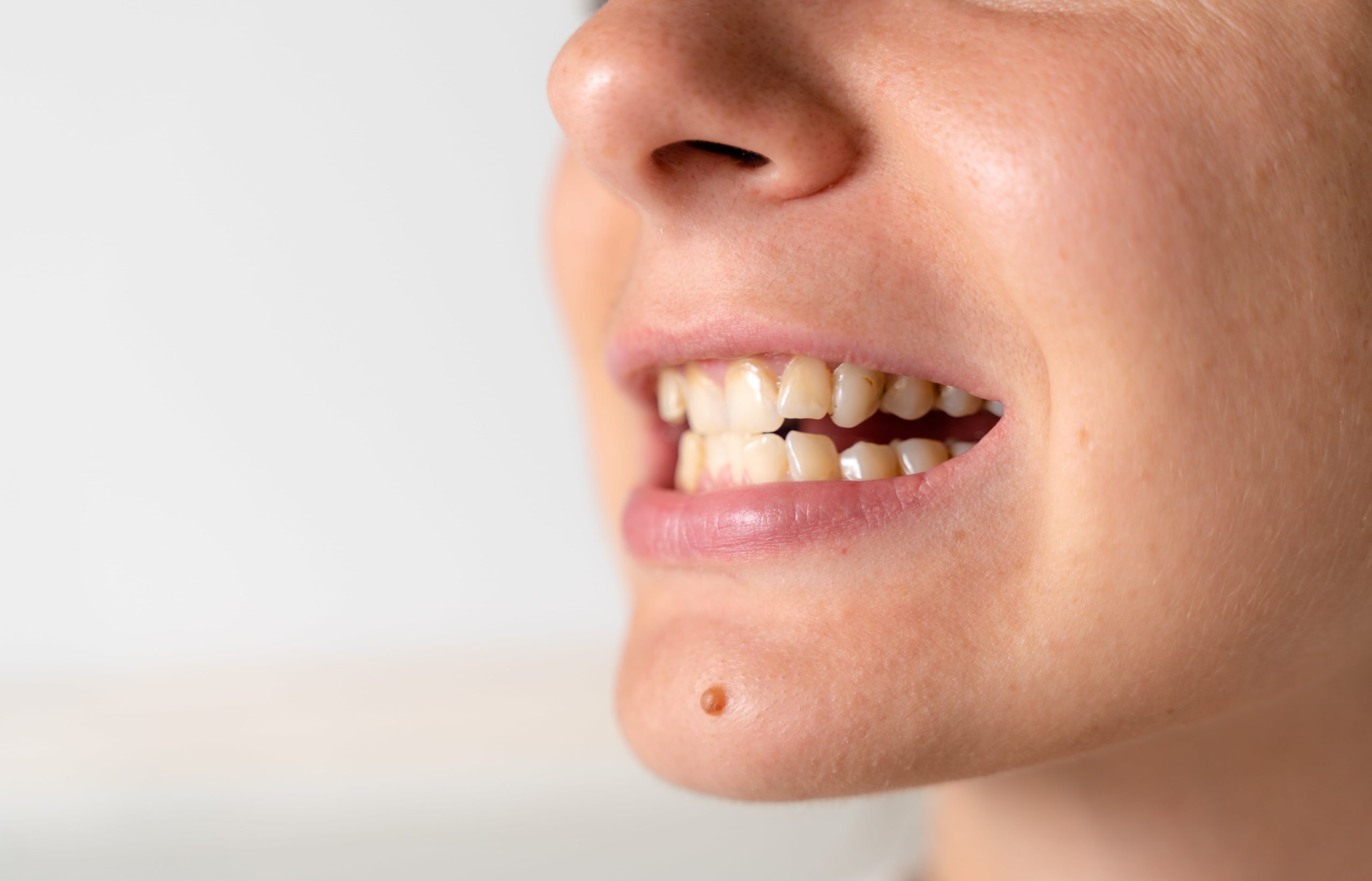Teeth Malocclusion: Learn about the Causes, Symptoms, and Treatment options
Teeth Malocclusion in simple terms refers to a condition in which the teeth are misaligned causing problems in basic functions like biting and chewing. Ideally, the points of molar teeth must fit over the grooves of the opposite molar. In case of malocclusion, the upper and lower set of teeth is not in the correct position resulting in a wide gap. This condition is not just a matter of aesthetics and can have a snowballing effect on our overall health if ignored for a long. Malocclusion can usually be treated with braces or aligners. However, in some severe cases, surgical intervention is required.
Apart from hampering you physically, malocclusion of teeth can also affect your mental health by impacting your self-esteem and confidence. Its after-effects include severe gum damage, decayed teeth, gum disease, and inability to talk. Hence, it is important to get your dental condition evaluated in case of signs of malocclusion.
Causes of Mallocclusion
- Teeth are too large to fit perfectly causing dental crowding and subsequently widening the gap between upper and lower teeth.
- A habit of sucking thumbs during childhood
- Teeth shifted to fill the gap caused due to a broken tooth
- A genetic condition that causes jaw deformity resulting in teeth misalignment.
Depending on the severity of the condition and symptoms, doctors recommend various modes of treatment.
Symptoms of Malocclusion
The appearance of misaligned teeth is the biggest indicator of malocclusion of teeth. Patients might suffer from severe overbite or underbite in most malocclusion cases. An overbite is a condition where the upper teeth are protruding outwards beyond the lower set. In an underbite, the lower set of teeth sticks out causing huge gaps. Some of the other key symptoms include:
- Difficulty in biting and chewing
- Speech difficulties such as a lisp
- Breathing through mouth
- Frequent tongue and inner cheeks injury due to biting
- Change in facial appearance
Malocclusion can be broadly classified into the following three categories.
Class 1 – This is the most common kind of malocclusion where the bite is normal with the upper set of teeth overlapping the lower one by a slight margin
Class 2- This is also known as retrognathism where the upper set of jaw and teeth overlap the lower set by quite a margin causing problems in biting and chewing.
Class 3- Known as underbite or prognathism, this condition causes the lower set of teeth to protrude beyond the upper ones.
Malocclusion Treatment
As teeth malocclusion is an alignment issue, there are a variety of treatment options available in the market. You may opt for traditional metal braces which have proven their efficacy in treating several alignment issues. The braces gently push your teeth to the desired position causing perfect alignment. One of the biggest disadvantages of braces is that the patient has to follow strict dietary restrictions. The treatment through braces can also be quite intrusive and painful in the beginning hence many people are opting for aligners instead.
Clear aligners have emerged as one of the most popular treatment methods for malocclusion. These are custom-made transparent trays designed out of plastic that push your teeth into their accurate positions. Aligners provide a pain-free and convenient treatment for all kinds of malocclusions and are easy to use and come with no dietary restrictions. Aligners are slightly expensive when compared to traditional braces but their overall advantages have made them the most popular choice of treatment for malocclusion today.
Surgical intervention is another way through which this dental condition can be treated. Surgery aims to rectify the jaw and bone’s structural deformities and provide your teeth with a solid base to stand on.

Most Recent
Difference Between Overjet and Overbite
 3-Feb-2023
3-Feb-2023
How To Fix Gap in Front Teeth?
 3-Feb-2023
3-Feb-2023
Snaggletooth: Causes and Treatments Options
 3-Feb-2023
3-Feb-2023
How to Overcome Dental Anxiety Forever?
 3-Feb-2023
3-Feb-2023

